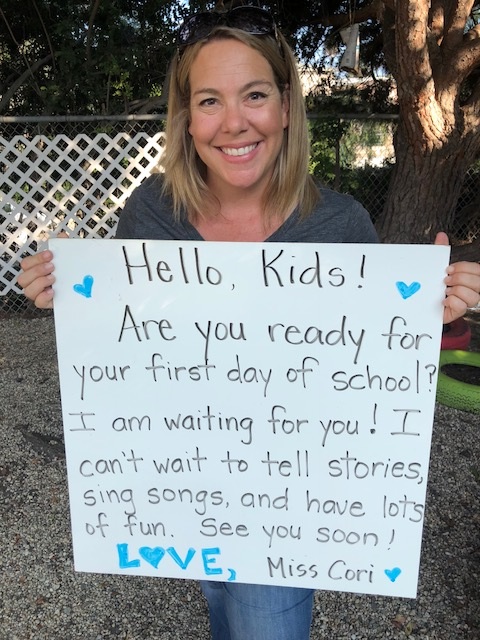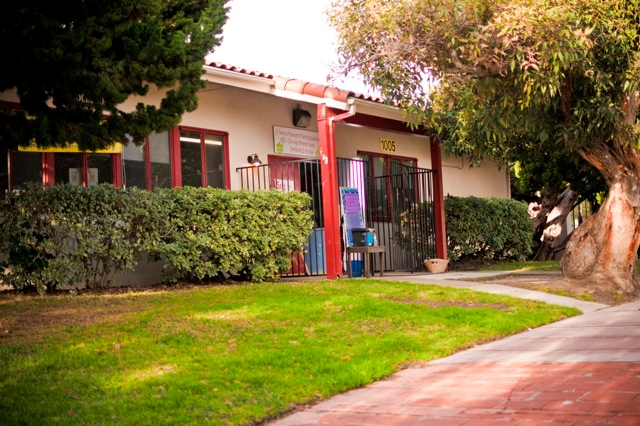By Shael Polakow-Suransky & Nancy Nager October 21, 2014
WITH the introduction of universal pre-K in New York City, we have created a new entry point into our public school system. This raises a key question: What do we want our children’s first experiences in school to be? What does a good education look like for 4-year-olds?
This summer, Bank Street College of Education led training for 4,000 of New York’s pre-K teachers, including both veterans and hundreds of people who started teaching pre-K for the first time last month. Worried teachers talked about how the pressure to achieve good outcomes on the third-grade state exams has been trickling down to early childhood classrooms in the form of work sheets, skill drills and other developmentally inappropriate methods.
The problem is real, and it is not unique to New York City. Earlier this year, Daphna Bassok and Anna Rorem, educational policy researchers at the University of Virginia, found strong evidence that current kindergarten classrooms rely too heavily on teacher-directed instruction. Their study, “Is Kindergarten the New First Grade?” revealed that the focus on narrow academic skills crowded out time for play, exploration and social interaction. In a 2009 report for the Alliance for Childhood, “Crisis in the Kindergarten,” Edward Miller and Joan Almon reported that kindergarten teachers felt that prescriptive curricular demands and pressure from principals led them to prioritize academic skill building over play.
This is a false choice. We do not need to pick between play and academic rigor.
While grown-ups recognize that pretending helps children find their way into the world, many adults think of play as separate from formal learning. The reality is quite different. As they play, children develop vital cognitive, linguistic, social and emotional skills. They make discoveries, build knowledge, experiment with literacy and math and learn to self-regulate and interact with others in socially appropriate ways. Play is also fun and interesting, which makes school a place where children look forward to spending their time. It is so deeply formative for children that it must be at the core of our early childhood curriculum.
What does purposeful play look like? When you step into an exemplary pre-K classroom, you see a room organized by a caring, responsive teacher who understands child development. Activity centers are stocked with materials that invite exploration, fire the imagination, require initiative and prompt collaboration. The room hums.
In the block area, two girls build a bridge, talking to each other about how to make sure it doesn’t collapse and taking care not to bump into the buildings of children next to them. In an area with materials for make-believe, children enact an elaborate family scenario after resolving who will be the mommy, who will be the grandpa and who will be the puppy. Another group peers through a magnifying glass to examine a collection of pinecones and acorns. On the rug, children lie on their stomachs turning the pages of books they have selected, while at the easel a boy dips his brush into red paint and swoops the paint mostly onto his paper.
The teacher observes and comments. She shifts from group to group, talking with children about their work (“I see that you made a big red circle.”); helping children resolve a conflict (“You both want to be the mommy. What should we do?”); posing an open-ended question to stimulate exploration and problem-solving (“What do you notice when you use the magnifying glass that is different from when you use your eyes?”); and guiding children to manage themselves (“When you finish your snack, what activity would you like to choose?”).
Barbara Biber, one of Bank Street’s early theorists, argued that play develops precisely the skills — and, just as important, the disposition — children need to be successful throughout their lives. The child “projects his own pattern of the world into the play,” she wrote, “and in so doing brings the real world closer to himself. He is building the feeling that the world is his to understand, to interpret, to puzzle about, to make over. For the future we need citizens in whom these attitudes are deeply ingrained.”
Earlier in the 20th century, the Russian psychologist Lev Vygotsky made the related argument that children’s thinking develops through activity-based learning and social interactions with adults and peers. When teachers base their curriculums on Dr. Vygotsky’s ideas, there are significant benefits for children’s capacity to think, to plan and to sustain their attention on difficult tasks.
Play has long-lasting benefits. What is referred to as self-regulation in preschool becomes resiliency in high school. The University of Pennsylvania psychologist Angela Duckworth has found that this trait, which she famously calls grit, can make or break students, especially lowincome students. Over the past three years, the New York City Department of Education developed a framework to support the core behavioral elements that drive college and career readiness. Many of them — persistence, planning, the ability to communicate and the capacity to collaborate — have their roots in early childhood.
Next fall, there will be more students in pre-K in New York City than there are in the entire school system of Atlanta or Seattle. To his credit, Mayor Bill de Blasio has not only pushed for expanding access but has also insisted on improving quality and put real money into training and materials. This is a strong start. But we still need to help parents, administrators and policy makers see what the children themselves know intuitively: Classrooms that pulse with meaningful play are our smartest investment.




